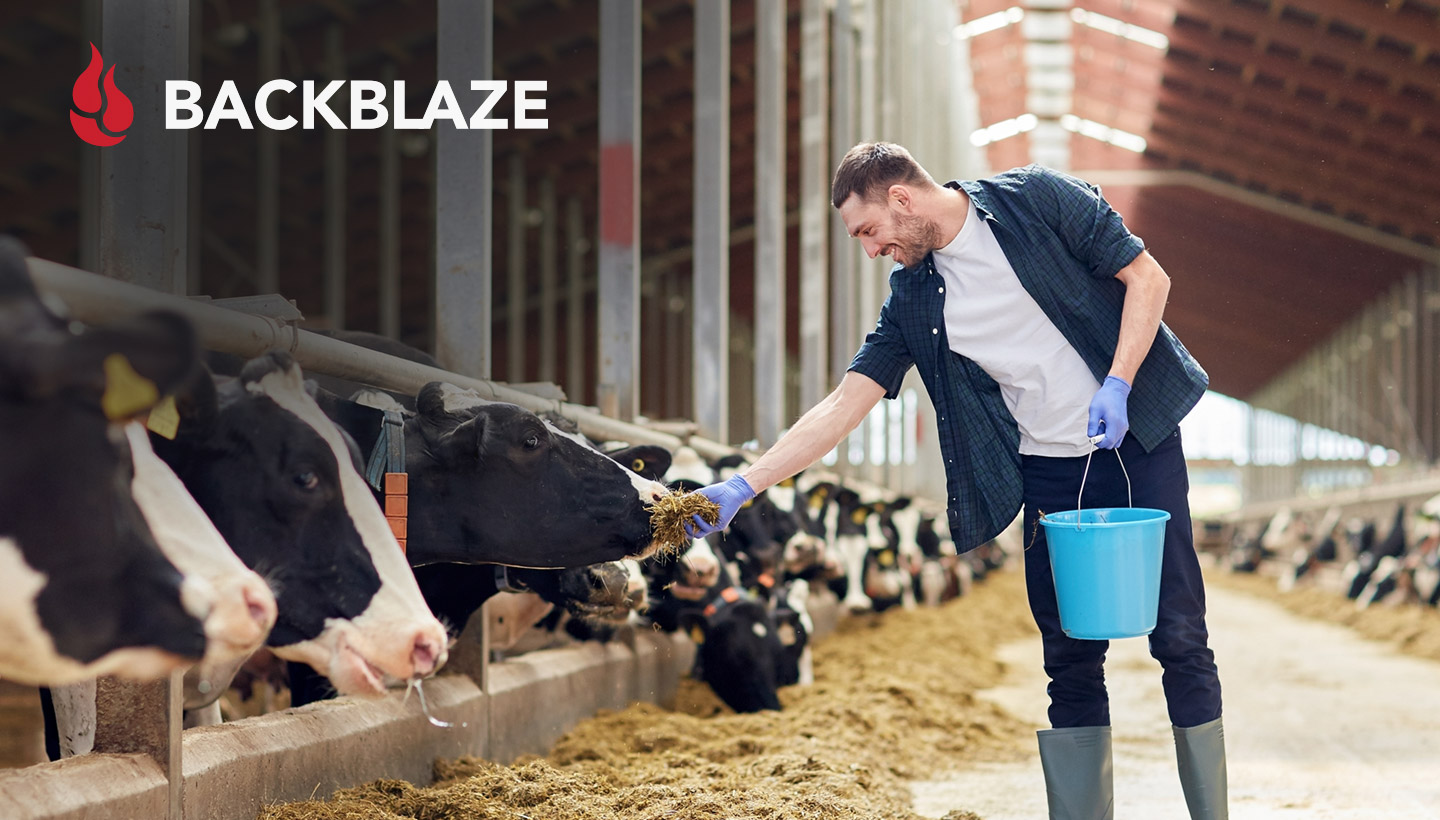
For as many headaches as tape can cause—cataloging, versioning, cleaning, maintenance, dealing with failures—abandoning a technology that’s embedded in your organization poses a challenge. Making a change means realigning systems, going through a procurement process, and ultimately migrating what might be decades of data.
The time will come, though, when you will be faced with a decision: Upgrade or migrate? When the warranty lapses or the drive fails, do you double down on your on-premises solution and invest in a new tape system? Or do you move to the cloud?
The IT team servicing Kings County, a sprawling agricultural county located in central California, faced just such a decision when two predicaments hit at the same time:
- Their tape drive was out of warranty.
- They had to replace all of their physical tapes.
They took it as an opportunity to employ an OpEx approach, gaining more budget predictability and protecting 45-50TB of sensitive county data in the process.
How to Move From CapEx to OpEx With Cloud Storage
Always under pressure to save money, John Devlin, CIO of Kings County, really wanted to avoid presenting an $80,000 bill for new tape infrastructure to the county. Motivated to minimize big capital expenses, he zeroed in on cloud backup and storage to realize his desired OpEx approach.
OpEx Benefits of Moving to the Cloud:
- Predictable budgeting.
- Smooth out spending over time.
- Maintain cash flow flexibility for other priorities.
- Scale up or down as needed.
- No maintenance.
- Happy accountants.
For his part, Kings County Senior Systems Analyst Chris Verhage recognized tape’s continued viability, but he definitely wouldn’t miss physically moving it across the street to the storage building in 110 degree weather. In other words, he agreed with Devlin’s shift toward the public cloud.
Here’s how they moved forward:
Choose a Backup Model
When considering a move to the cloud from an all-tape approach, you have a couple of options:
- Move everything at once.
- Choose a hybrid cloud model where some data stays on premises.
Kings County decided to move their critical infrastructure to the cloud, leaving archival data on LTO for the time being. They planned a second phase to move archival data. Phasing migration by date or data type, as Kings County did, can make the process more manageable, especially if you have a large tape library. Employing a hybrid model by keeping some data on tapes and moving some to the cloud can break the process down into smaller steps.
Protect Data With a 3-2-1 Backup Philosophy
Kings County implemented Veeam Backup & Replication as their backup software based on Veeam’s reliability and data protection functionality. With the health checks to verify data integrity that Veeam provides, John and Chris could confidently report that files weren’t corrupted—a critical function for a county government that stores sensitive data like information subject to HIPAA rules.
With backup software in place and functioning well, they needed off-site object storage to adhere to the 3-2-1 backup rule.
- Three copies of your data.
- Two on different media.
- One off-site.
John and Chris investigated a few providers for the job, including Backblaze and Azure. They anticipated using Azure but had some reservations, which led them to…
Evaluate Storage Needs
Azure includes both object storage and compute space. Kings County didn’t need compute and, more importantly, didn’t want to pay for it. They also had reservations about the learning curve associated with a new product that seemed highly complex.
As they were weighing the options, Backblaze launched the S3 Compatible API for Backblaze B2 Cloud Storage in May of 2020, which enabled native tiering from Veeam directly to Backblaze B2. It made their decision easy—Backblaze B2 offered just the object storage they needed and it worked out of the box. With reliable off-site storage in place, they were able to implement Veeam’s forever forward incrementals, enabling them to further reduce their cloud footprint and costs.
Fortunately, should they ever need more storage or find they need less than predicted, they’re not stuck with fixed on-premises infrastructure—they can scale up or down as needed in Backblaze’s Storage Cloud.

Bask in the (Air Conditioned) OpEx Awesomeness
Rather than dealing with a finance freakout and assorted tape headaches, Kings County achieved their ideal backup scenario by moving to the cloud with Backblaze B2 as part of their solution, including:
- Reducing capital expenses.
- Making budgets predictable.
- Protecting sensitive data.
- Avoiding a learning curve.
- Paying only for what they need.
- Escaping 110 degree treks to the storage vault.
Read more about Kings County’s experience or try it out for yourself and get started with Backblaze B2 today.




